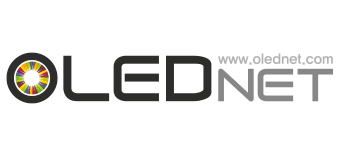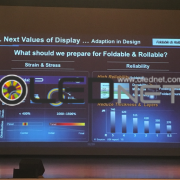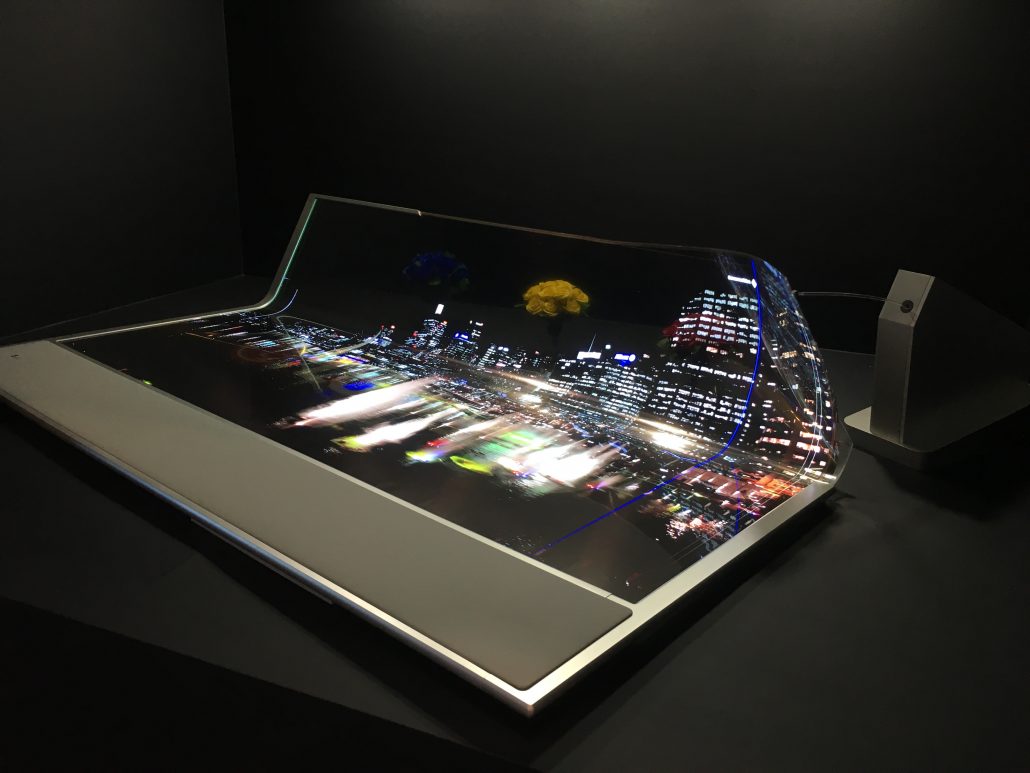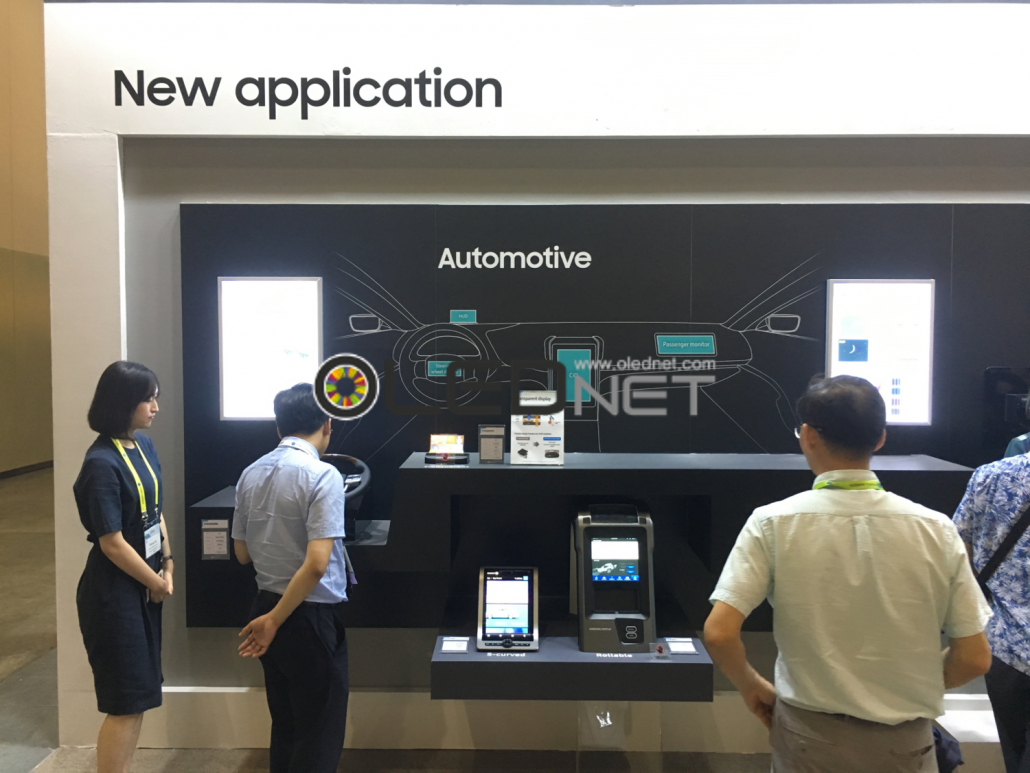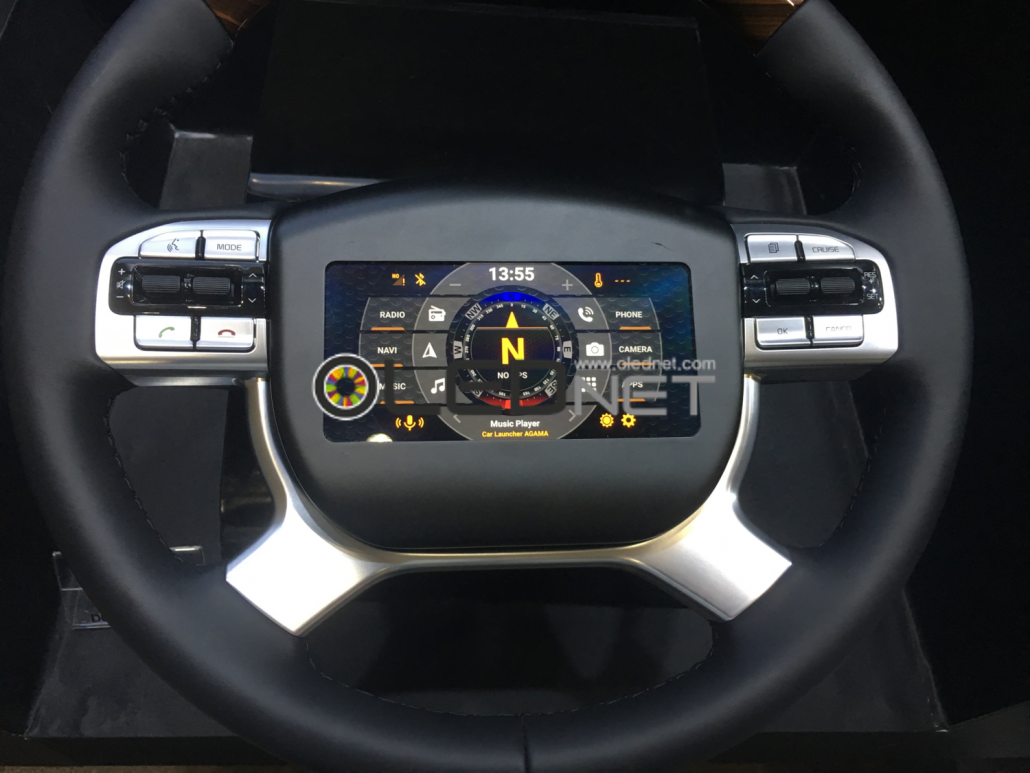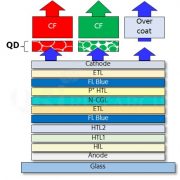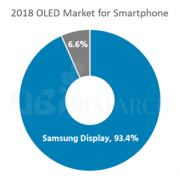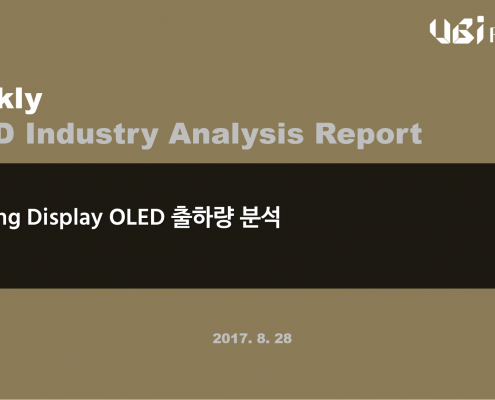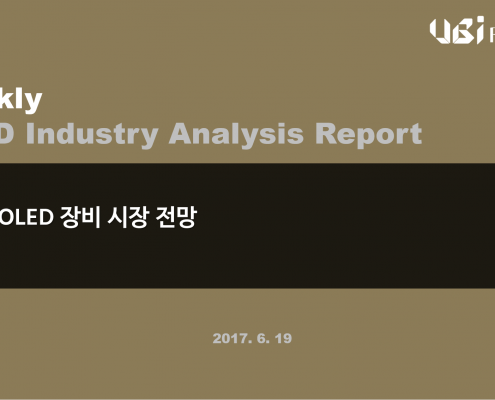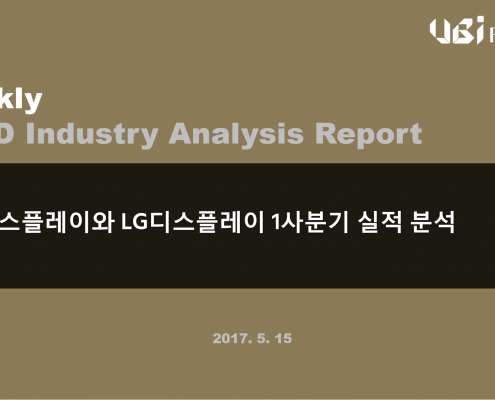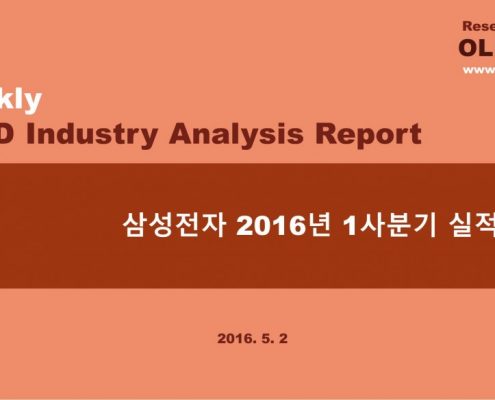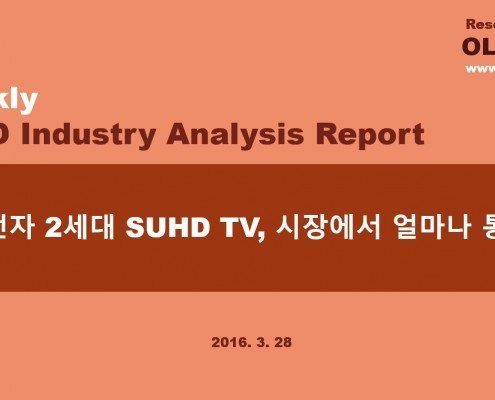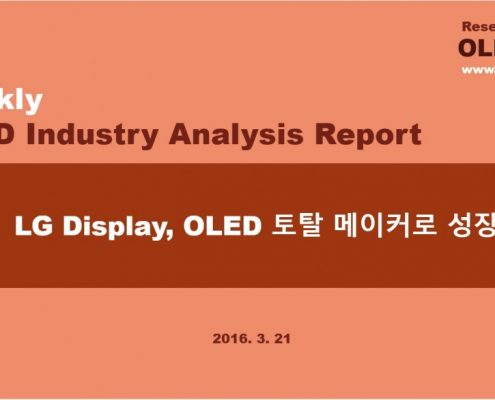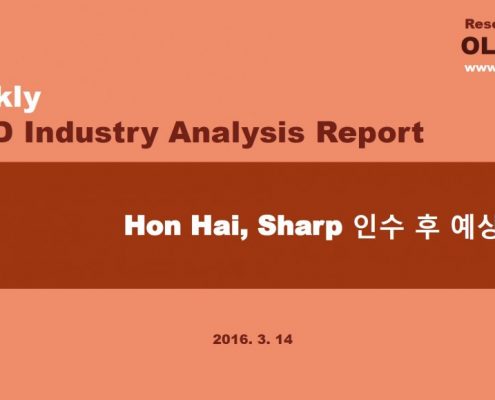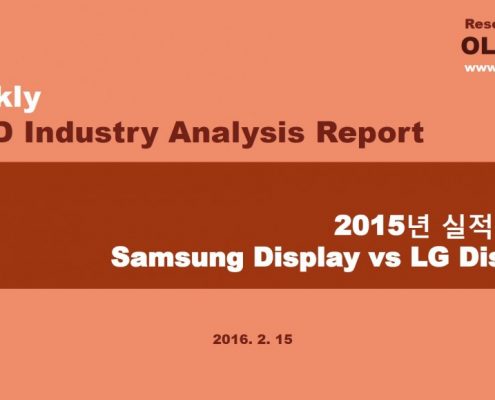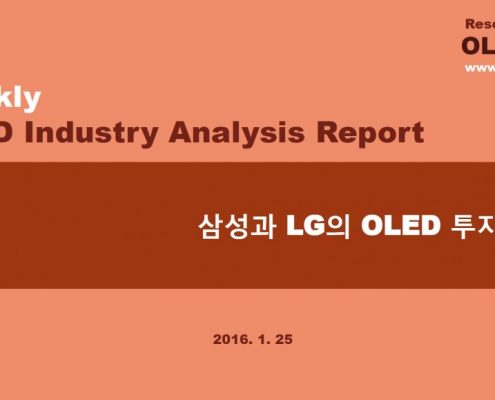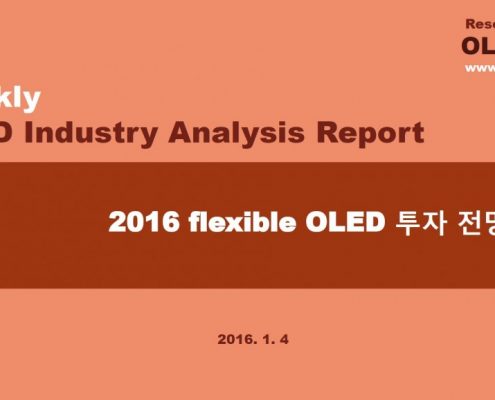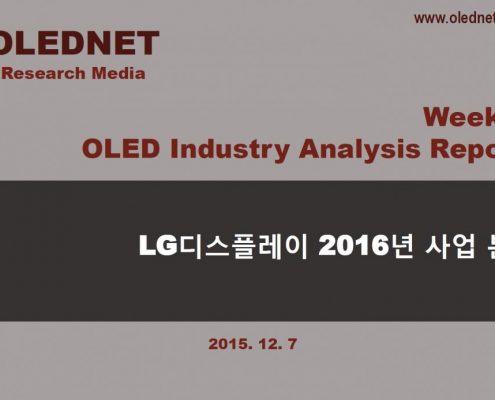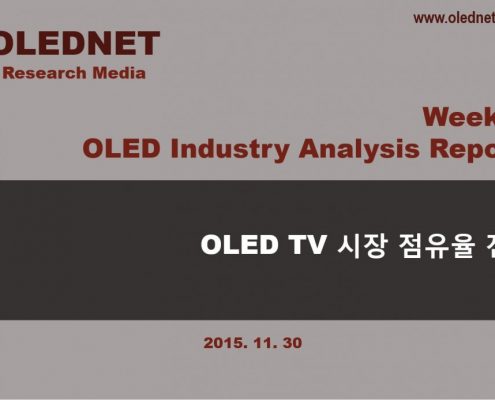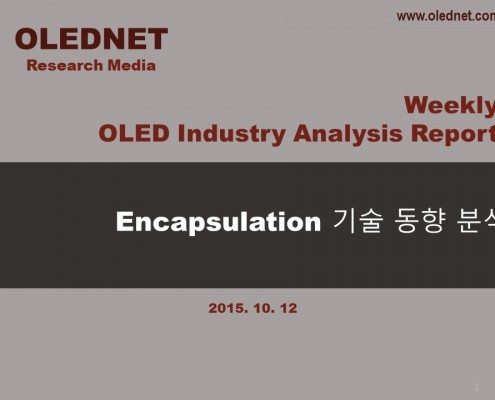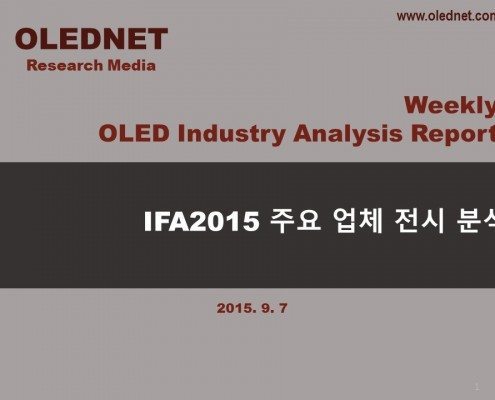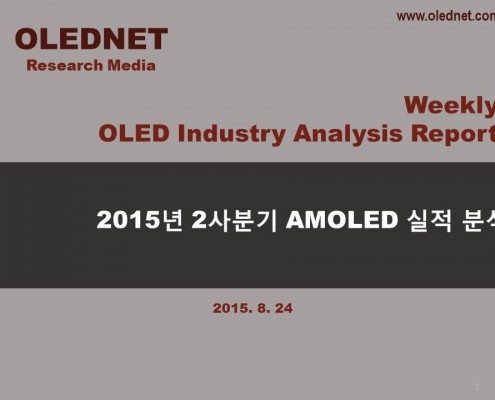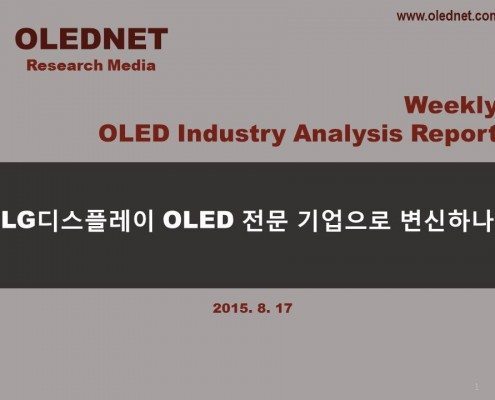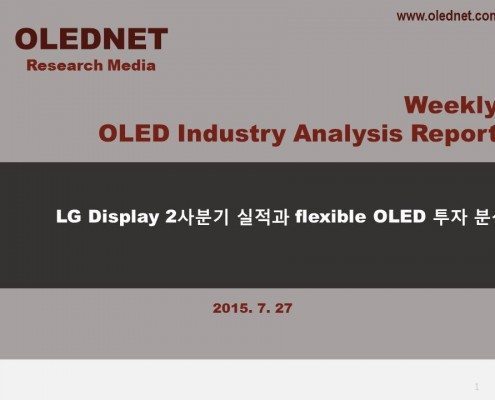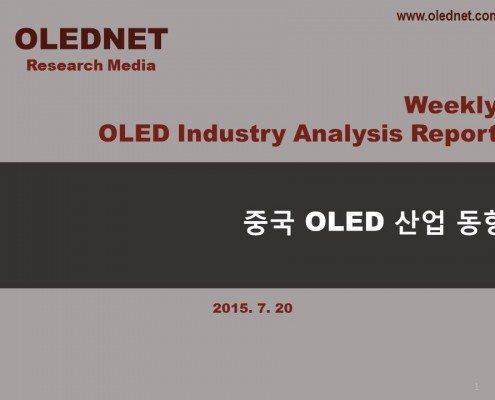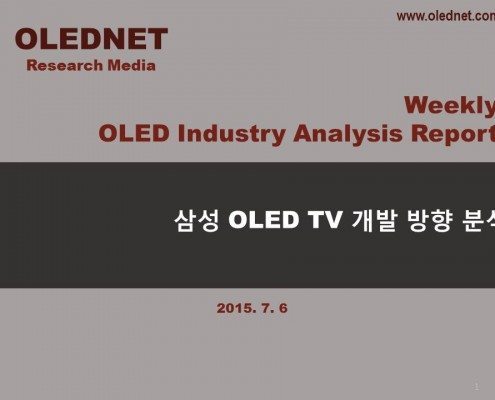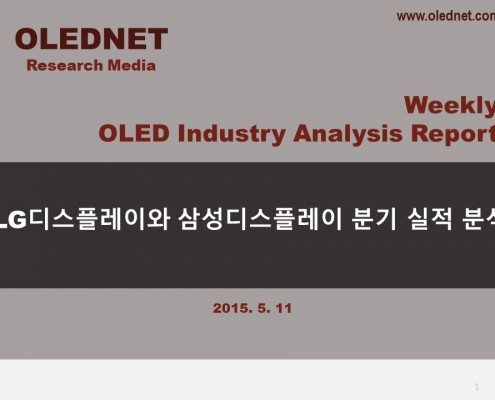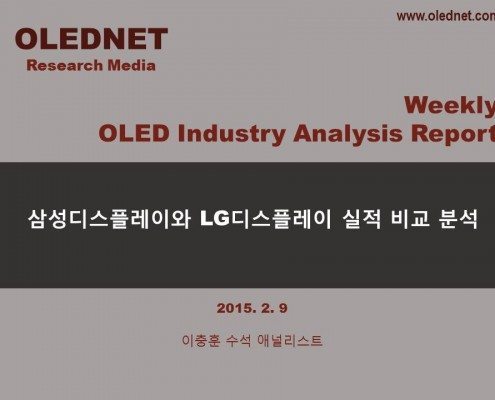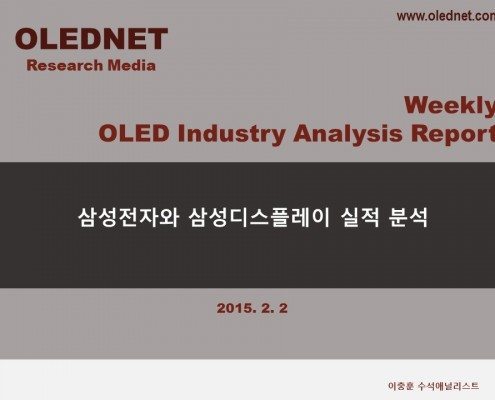[IMID 2018] Samsung Display, 미래에 스마트 세계와 개인을 연결할 핵심 소재는 디스플레이
8월 29일 부산 BEXCO에서 개최된 IMID 2018 에서 곽진오 Samsung Display 부사장은 ‘The Infinite Evolution with Display’를 주제로 기조연설을 진행하며, “디스플레이가 스마트 세계를 연결해줄 핵심 소재가 될 것이며 새로운 세계와 환경의 창조를 가속화 할 것”이라 강조했다.
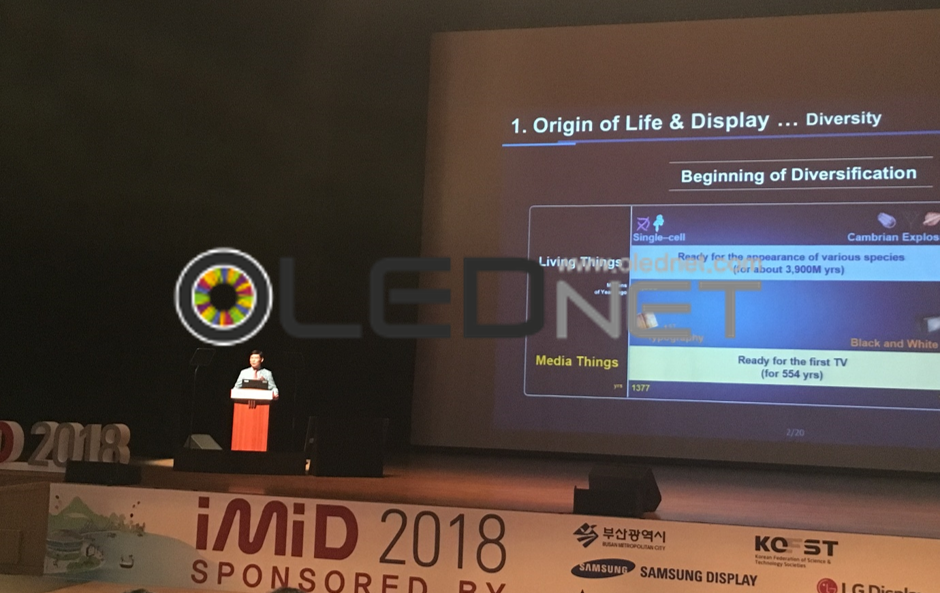
곽 부사장은 생물의 진화와 디스플레이의 진화를 비교하며 ‘소형부터 대형까지 디스플레이 크기의 다양성(size diversity)과 full screen, flexible 등 디자인 적응(adaption in design), 다른 기술들과의 통합(convergence)’ 등 차세대 디스플레이가 나아갈 방향을 제시했다.
크기의 다양성에서 곽 부사장은 “중소형 부분에서는 현실감을 느낄 수 있는 고해상도의 디스플레이가, 대형 부분에서는 영화관의 큰 화면처럼 몰입 할 수 있는 디스플레이가 요구된다”라고 밝혔다.
이어서 디자인 적응에서는 차세대 디스플레이의 가치 중 하나로 디자인 자율성을 언급하며, 중소형 디스플레이는 폴더블 디스플레이 뿐만 아니라 롤러블과 스트레처블 디스플레이의 가치를 강조했다.
곽 부사장은 현재 이슈가 되고 있는 폴더블 디스플레이 뿐만 아니라 롤러블 디스플레이도 개발하고 있다고 언급했다. 폴더블 디스플레이와 다르게 패널 전면에 가해지는 스트레스를 고려해야 하는 롤러블 디스플레이는 말려져 있는 시간과 말았다 펴지는 횟수 등 고려해야 하는 사항이 많기 때문에, 이를 해결하기 위한 연구를 진행하고 있다고 발표했다.
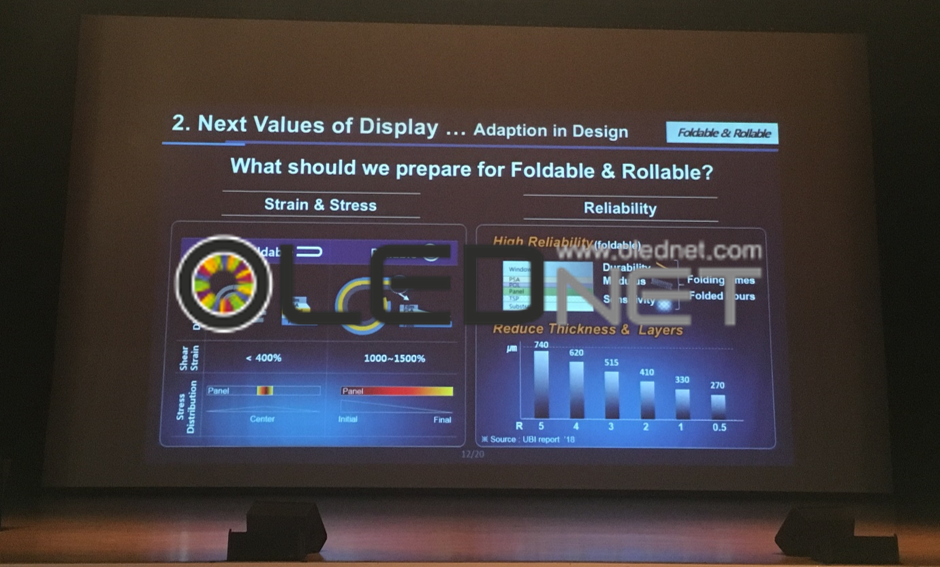
또한 디스플레이 패널을 자유자재로 형태를 구현할 수 있는 스트레처블 디스플레이도 소개하며, 낮은 스트레스와 함께 높은 신뢰성을 갖는 디스플레이 구현을 위해 RGB 픽셀 유닛과 스트레처블 유닛을 활용한 다양한 구조들을 개발하고 있다고 설명했다.
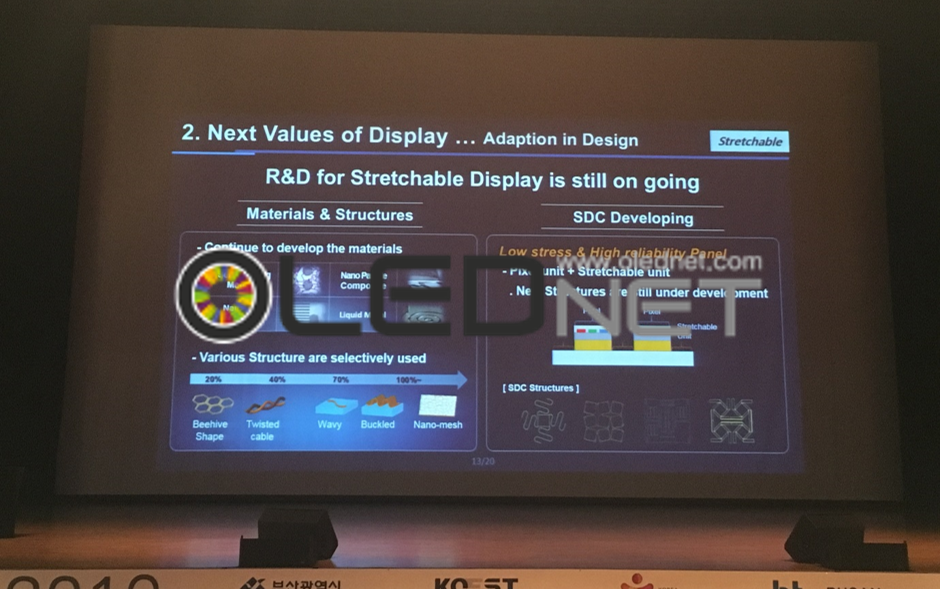
융합 부분에서는 바이오 기술들을 거론하며 헤모글로빈에 빛을 투과해 산소포화도를 측정하거나.멜라토닌 변화에 따라 디스플레이의 wake up 모드와 sleep 모드 변화 등 새로운 융합 기술도 고려해야 한다고 언급했다.
마지막으로 곽 부사장은 앞으로 열릴 5G 시대에서 디스플레이가 개인과 스마트 세계를 연결할 핵심 소재임을 강조하며 새로운 사회와 환경을 창조하기 위해 디스플레이는 지속적으로 진화하고 있다고 설명하고 발표를 마무리했다.
